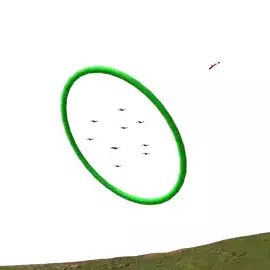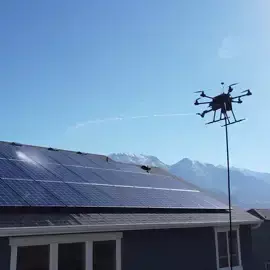Welcome to my website!
I'm passionate about solving problems in robotics, particularly in how to build real systems that are truly autonomous. When I say "truly" autonomous, I mean robotic systems that are capable of improving humans' lives despite the inherently uncertain nature of the real world. This includes broad categories such as estimation, decision making, and control.
A current research focus has been developing localization solutions for teams of agents in GNSS-denied environments.
Please reach out with any questions!
Featured Projects
FREDIM: Intruder interception
FREDIM is a framework for slow moving drones to intercept fast moving intruders.
Cinnamon: Window-washing drone
We designed, built, and tested a window and solar panel-washing drone.
ROSflight: Lean research-focused autopilot
ROSflight is a lean, researcher-focused autopilot based on ROS2.



